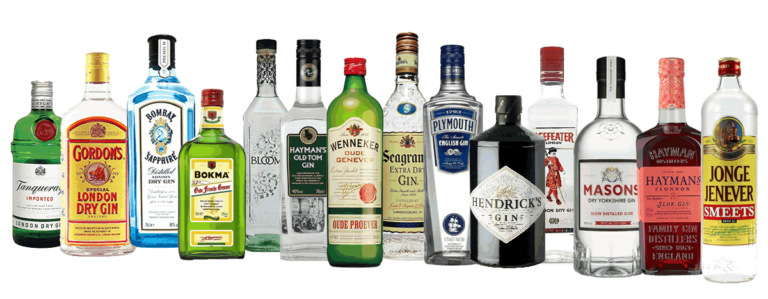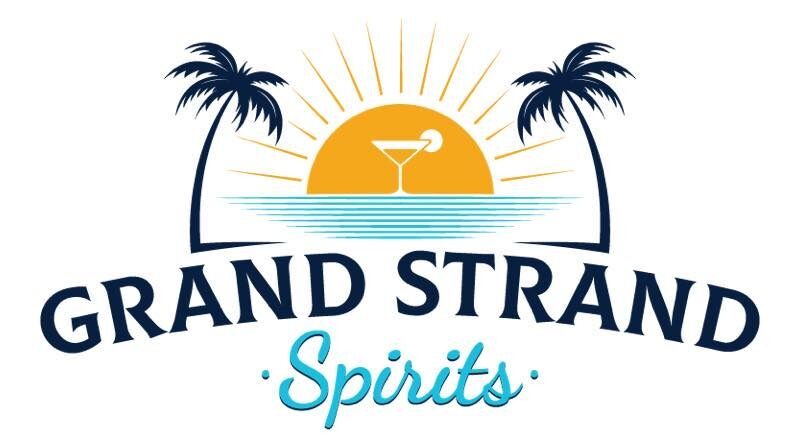
Gin is a type of spirit characterized by the flavor of juniper berries. Gin makers produce gin by infusing a neutral spirit with botanical ingredients during the distillation process. For liquor to be classified as gin in the United States, it must contain no less than 40 percent alcohol by volume (ABV).
Making gin involves a distillation process that begins with extracting ethanol from a base spirit. That ethanol is then re-distilled, but this time juniper berries and other botanicals are added to the mix. There are three re-distillation techniques used by gin distillers to infuse botanicals into the ethanol:
Steeping: For this technique, the distiller mixes the ethanol and botanicals in a pot still – a metal container situated over a heat source. The botanicals steep in the base spirit. Depending on the flavor profile that the distiller wishes to achieve, they may remove the botanicals promptly or let them steep for up to 48 hours.
Vapor infusion: This method involves a modified still known as a Carter-head still, which is equipped with a suspended basket. The basket contains the botanicals and hangs over the surface of the base spirit. When the spirit is heated in the still, ethanol vapors rise up into the botanical basket. This allows the botanicals to release their essential oils into the vapors. The vapors then reliquify, carrying the botanical flavors with them.
Vacuum distillation: Also known as cold distillation, this distillation technique requires a low-pressure vacuum environment, which greatly reduces ethanol’s boiling point. Proponents of this method claim that without the extreme heat, the flavors from the botanicals remain intact.
Some distillers use both the steeping and vapor infusion methods and blend each finished product to make a compound gin.
.
- London Dry: London Dry Gin doesn’t necessarily have to originate in England, but it is where the style originated. Juniper is typically the most immediately detectable botanical component of a London Dry Gin, with citrus, angelica root, and coriander rounding out the back end. Most London Dry Gin producers bottle their gin at a high proof, making the spirit very versatile for both shaken and stirred cocktails.
- Plymouth: Produced in the South of England and bottled at a lower proof, this gin is distinctly less juniper-forward than London Dry. Plymouth makes for a silky and subtle Martini, with earthy spice notes and a light salinity. Note that Plymouth does produce a Navy Strength gin—clocking in at 57 percent alcohol by volume, it is more akin to a London Dry in character and application.
- Old Tom: An older style of gin that has a rich, malty mouthfeel and a distinct citrusy sweetness, Old Tom Gin is sometimes aged in barrels, making it wonderful for shaken cocktails like a classic Tom Collins. It also holds its own in stirred cocktails like the classic Martinez.
- Genever: Originating in sixteenth-century Holland, genever is richer than gin, with a savory, earthy, malty flavor. Distillers make genever in Holland, Belgium, and certain parts of France and Germany, distilling it from malt wine spirits in lieu of neutral grain spirits. Genever’s flavor palate makes it an excellent choice for a Gin Old Fashioned or any cocktail that contains sweet vermouth
- International Style: New expressions of gin are appearing all over the globe seemingly every day, from Spain to Japan, Brazil to the United States. Freed from the traditional botanical trappings of the London Dry style, many contemporary gin producers craft their spirits as direct reflections of their geography, incorporating local roots and botanicals. To explore how best to use more niche gins, try using them in a Martini first, then move on to more complex cocktails like a Negroni.
Find out more about Gins at MasterClass
